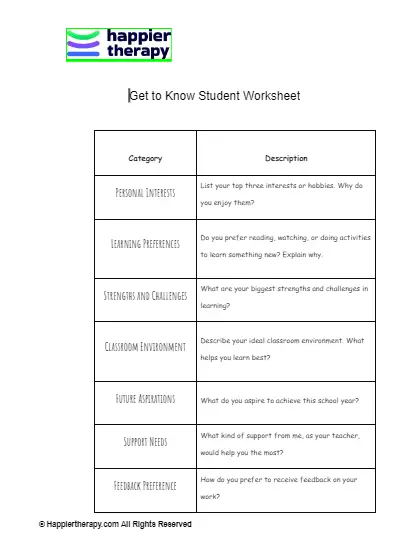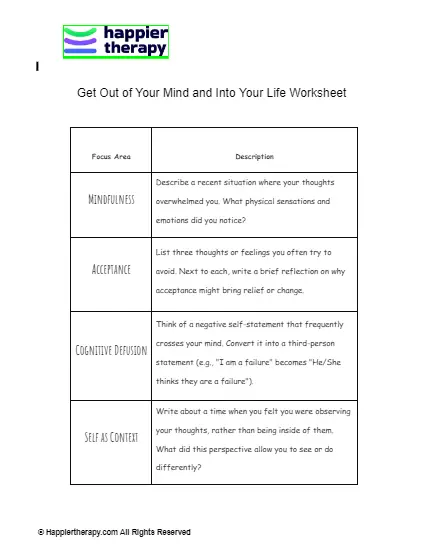Communication Worksheet for Youth
Download Worksheet
Communication is the mutual interaction among two or more individuals. Communication allows you to understand others and to be understood.
Communication skills are essential for young people to survive, thrive and grow.
Practising good communication helps young people to socialise, meet new people, make friends, maintain existing friendships and develop positive relationships with other people socially and professionally.
What Are The Theories Behind This Worksheet?
Communication theory states that all living things that exist on the planet communicate, however, the way we communicate is different.
The communication theory framework examines communication through different viewpoints;
- Mechanistic
Communication is simply the transmission of information from the first party to the second party.
- Psychological
Communication is not only the flow of information from the sender to the receiver but the thoughts, feelings and emotions the sender tries to convey to the receiver.
- Social
Communication occurs as a result of the interaction between the sender and the receiver.
- Systemic
Communication is created when individuals interpret information in their own understanding and draw their own conclusion.
- Critical
Communication occurs when individuals express their power and authority among other individuals.
How Will This Worksheet Help You?
The way you communicate has a big impact on your ability to get along with people and get things that you want. Open and honest communication is important amongst the youth for building long-lasting and healthy relationships.
This worksheet will help you become an effective communicator so that you can be in a position to understand others and be understood.
How Should You Use This Worksheet?
This worksheet is a self-evaluation kit to learn how to communicate effectively and break communication barriers.
This worksheet can also be used to build open and positive relationships.
Was this helpful?
References
1.-
College Marker. (© 2022). The Art of Communication. Available at: https://collegemarker.com/blogs/the-art-of-communication/. [Accessed November 02, 2022]
2.-
Management Study Guide. (© 2022). Communication Theory. Available at: https://www.managementstudyguide.com/communication-theory.htm. [Accessed November 11, 2022]
3.-
Youth Empowerment. (© 2022). Effective Communication. Available at: https://youthempowerment.com/effective-communication/. [Accessed November 11, 2022]

 By
By


